-
Posts
864 -
Joined
-
Last visited
-
Days Won
12
Content Type
Profiles
Forums
Blogs
Gallery
Events
Store
Posts posted by Kriegsmarine Admiral
-
-
Kriegsmarine, SA and NSDAP officials observe a sporting event of the Reichsbund for physical exercises in Lübeck, year unknown.
In the middle is Emil Bannemann, NSDAP politician and senator in Lübeck.
On the right is Admiral Otto Hormel, from 30 November 1937 until 05 May 1943 the Senior Shipyard Director of the Kriegsmarine Shipyard in Kiel.0 -
Kriegsmarine parade in Danzig, 10 October 1939.
Standing on the podium saluting is Konteradmiral (later Admiral) Hubert Schmundt, at the time Commander of Naval Forces in the Danziger Bucht (19 September 1939-12 October 1939).
Seen in the bottom right corner are, from left to right:
- Char. Vizeadmiral Lothar von Arnauld de la Perière, Plenipotentiary of the Navy for Danzig and the Coastal-Region of the former Polish Corridor (10 September 1939-14 March 1940).
- Char. Generalleutnant Heinrich Strack, Commander of Danzig (01 September 1939-12 October 1943).
- SS-Brigadeführer Wilhelm Huth, President of the Government of the administrative district of Danzig and Deputy Reich Governor in Reichsgau Danzig-West Prussia (1939-1945).
Both Arnauld de la Perière and Strack were recipients of the Pour le Mérite, one of the highest orders of merit in the Kingdom of Prussia. Arnauld de la Perière was a famous U-boat commander during WW1 and with 195 ships and 455,869 gross register tons (GRT) sunk, he is the most successful submarine ace ever.0 -
32 minutes ago, hucks216 said:
Nice set of photos, especially the one showing Conrad Albrecht.
Thank you. Plenty more to come.
Gathering of Kriegsmarine officers in Tilzow on the island of Rügen, 1944.
Officer pointed by the red arrow is Konteradmiral (W) Richard Jewinski. The "(W)" stands for "Waffenoffizier" (Weapons officer). Only 3 officers held that rank in the Kriegsmarine, the other two being Hans Hamelau and Friedrich Matthes.
When these photos were taken, Jewinski was Arsenal-Commandant of the Barrier-Weapons-Arsenal Swinemünde (01 October 1943-05 May 1945).0 -
-
-
-
Kapitän zur See (later Konteradmiral) Friedrich Braune and Admiral Conrad Albrecht, pre-war photo.
During WW2 Braune served as Officer-Judge in the Reichs War Court, Senior Shipyard Director of the Kriegsmarine-Shipyard in Bergen (Norway), and finally Judge at the Prize-Court in Berlin. He retired on 30 April 1945.
Albrecht was promoted to the rank of Generaladmiral on 1 April 1939. He was the second officer to be promoted to that rank after Erich Raeder in 1936. Albrecht's career included the posts of Chief of the Naval-Station of the Baltic Sea, Commanding Admiral of the Naval-Station of the Baltic Sea and Naval-Group-Commander East. At the beginning of WW2, he directed the operations of the Kriegsmarine during the Polish campaign. He retired on 31 December 1939.
0 -
-
Konteradmiral Paul Fanger, during his time as Commandant of Fortifications of Ostfriesland (30 September 1937-12 January 1940).
During the Spanish Civil War he was the Commandant of the Armoured-Ship "Deutschland" (30 September 1935-02 September 1937).
From 17 January 1940 until 03 March 1943 he was the Chief of the Artillery Weapons Office in the Naval-Weapons-Head-Office of the OKM. He was promoted to Admiral on 01 December 1942.
He retired on 31 May 1943 but was later reactivated as Inspector of Coastal and Ship Artillery with the Naval-High-Command Norway (15 August 1944-01 April 1945).
Shortly after he returned from Norway, he was killed on 15 April 1945 during the invasion of US troops in his home town of Schöningen. He was posthumously awarded the Knight's Cross of the War Merit Cross with Swords on 30 April 1945.0 -
2 hours ago, LarryT said:
I think this may also be KzSee Hermann von Bredow, later promoted to Konteradmiral.
Nice photos Larry!
The second photo shows KzS Friedrich-Wilhelm Fleischer, later Admiral.
0 -
I would like to start sharing photos of Kriegsmarine admirals from my personal collection.
Konteradmiral Ernst Krafft (middle) and Fregattenkapitän z.V. Ernst Stever (right) in Paldiski, Estonia, year unknown.
Krafft was the Coastal-Commander of the Eastern Baltic Sea and also Fortress-Commandant of Gotenhafen (27 June 1940-31 August 1942). He retired on 31 May 1943 but, on 7 April 1945 he fell into Russian captivity. He died in 1954 in Vladimir Prison in the Soviet Union, aged 69.I hope you enjoy the many photos I post in the future,
Karlo
0 -
-
I think it has to be Char. Konteradmiral Paul Schlieper.
His known awards match the awards this Konteradmiral is wearing. Schlieper had:
- Königlich Preußischer Kronen-Orden II. Klasse (16. 01. 1910) (around the neck)
- Kommandeurkreuz II. Klasse des Königlich Schwedischen Schwertordens (around the neck)
- Königlich Preußischer Roter Adler-Orden IV. Klasse mit Schwertern (2nd medal on the medal bar)
- Königlich Preußischer Roter Adler-Orden III. Klasse mit Schleife und Schwertern am Ringe (3rd medal on the medal bar)
- Königlich Preußisches Dienstauszeichnungskreuz (4th medal...)
- China-Denkmünze in Bronze mit Spange „Seymour-Expedition“ (5th medal...)
- Königlich Preußische Kaiser Wilhelm-Centenarmedaille 1897 (6th medal...)
His other known awards are:
- Komturkreuz des Großherzoglich Mecklenburgischen Greifenordens (I think this could be the medal between the KO2 and SS2b?)
- Kreuz der Genossen des Königlich Großbritannischen Ordens vom Heiligen Michael und Georg (didn't mount it)
- Kaiserlich Russischer St. Stanislaus-Orden II. Klasse mit Schwertern (didn't mount it)
- Orden des Strahlenden Sterns von Zanzibar II. Klasse, IV. Stufe (didn't mount it)
It's possible he was awarded the EK2 (like visible on the photo). During WW1 he was the Assessor and Prisoners Welfare with the Upper Prize Court in Berlin (1914-1918).
Since he died in 1950 I also pressume he had a Ehrenkreuz des Weltkrieges 1914/1918 ohne Schwerter für Kriegsteilnehmer. This photo was obviously taken before 1934, before it was awarded.
And of course a photo of Schlieper for comparison:
1 -
Yes, I think it's the Commander's Cross 2nd Class.
This photo was definitely taken post WW1 so his final rank is Konteradmiral. He also served during WW1 because he has an EK2. He also served in the colonies. The second medal should be the RAO4x. Also either the Colonial or China Medal second to last.
0 -
-
-
11 minutes ago, Simius Rex said:
KVK1X for sure?? I would strongly urge you to carefully study the design of the KVK1X before making such a statement because the cross you circled in red on the photograph (not the drawing) doesn't even come close to the form of the KVK1X.
The KVK1X has slender maltese-arms with a gentle taper. It has massive swords with massive grips and crossguards that project outward almost as far as the arms. They are a significant design-element of this cross and are discernable a mile away.
In contrast, the cross on the photo has fat maltese-arms with a wide taper and very petite swords that barely project past the center medallion. It looks far more like a Lippe Steckkreuz than a KVK1X or a Zvonimir, (even though it is probably not Lippe, but at least it would have been a more plausible guess.)
I understand what you are trying to say. But the two photos with the red circles in my first post are also the same drawing as I posted yesterday, just in worse quality. Given that they are drawings, the KVK1x is not a one-for-one identical copy of the real KVK1x. It's because someone drew it by hand. That's why it doesn't quite look like it, but it is the KVK1x.
0 -
He was not a member of the SA. I'm pretty sure it's not the SA-Sportabzeichen. I also lean towards the Reiterabzeichen. Thanks.
Regarding the KVK1x, like I told you, the award looks odd because this is a drawing and not a photo of Trotha. It's the KVK1x for sure.
0 -
Dear fellow members, I recently found a better version of this "photo" of Clamor von Trotha. It reveals it's not a photo at all. Rather it's a drawing/painting. I believe this is the reason why the KVK1x looks a bit odd. However, it most definitely is a KVK1x because the 2nd Class can also be seen on the ribbon bar.
I am now having trouble identifying the award directly below the KVK1x. Could it be the Reiterabzeichen or the Sportabzeichen, or something else? Any help would be appreciated.
0 -
-
-
-
-



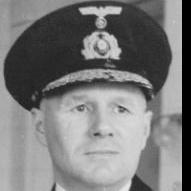
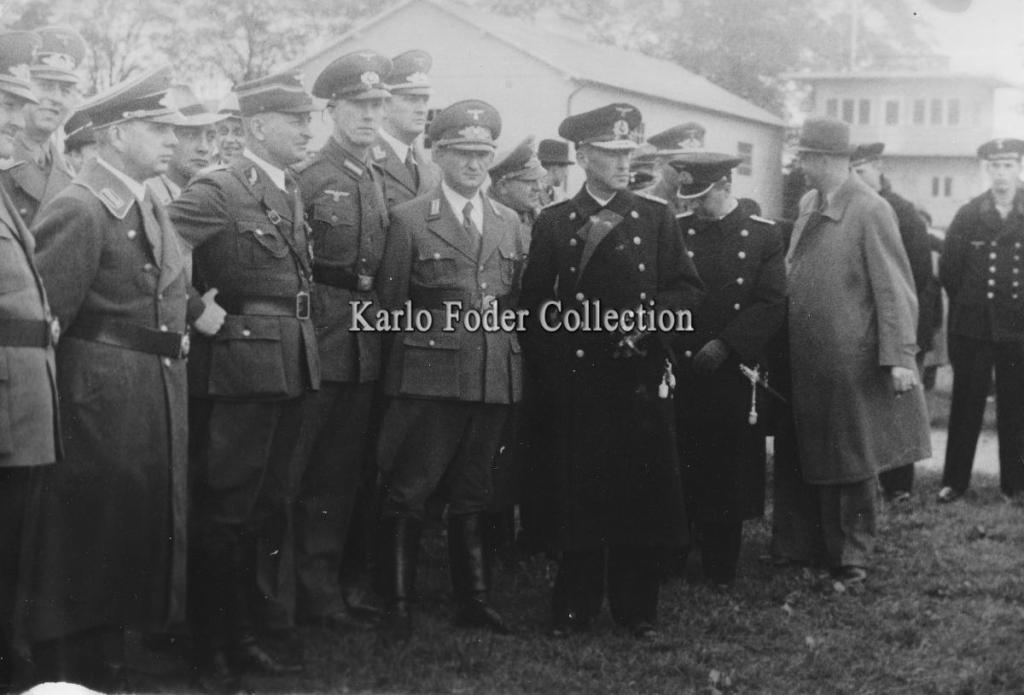
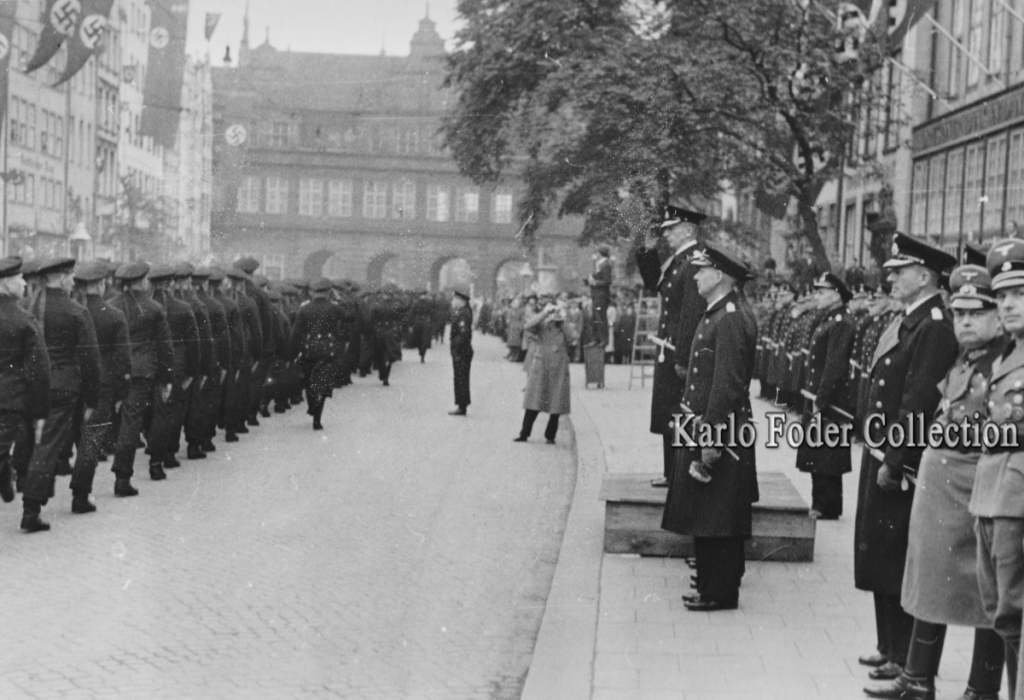

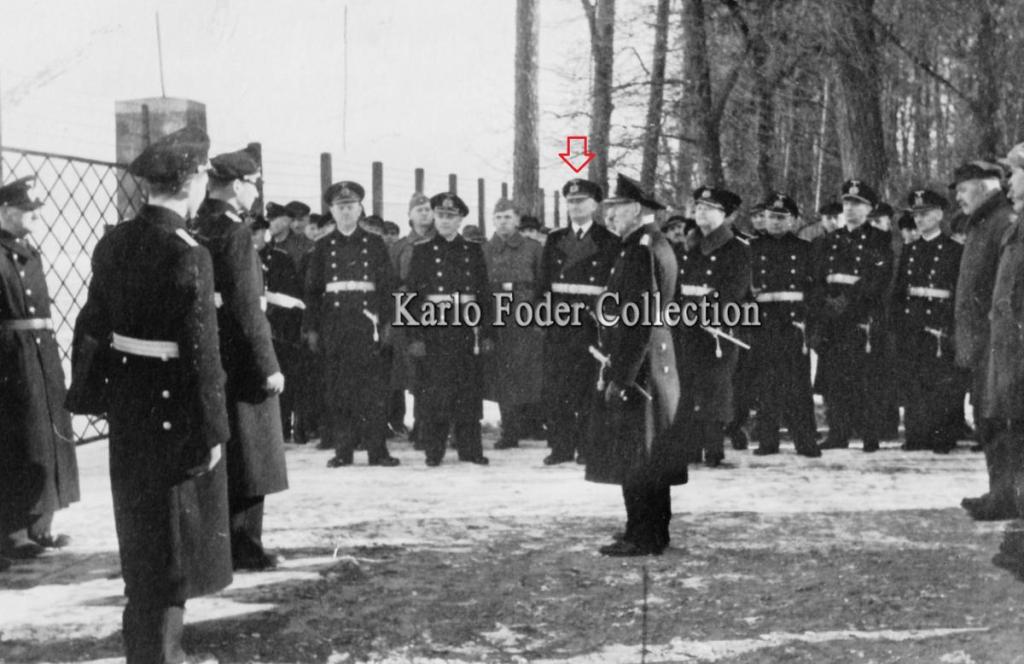
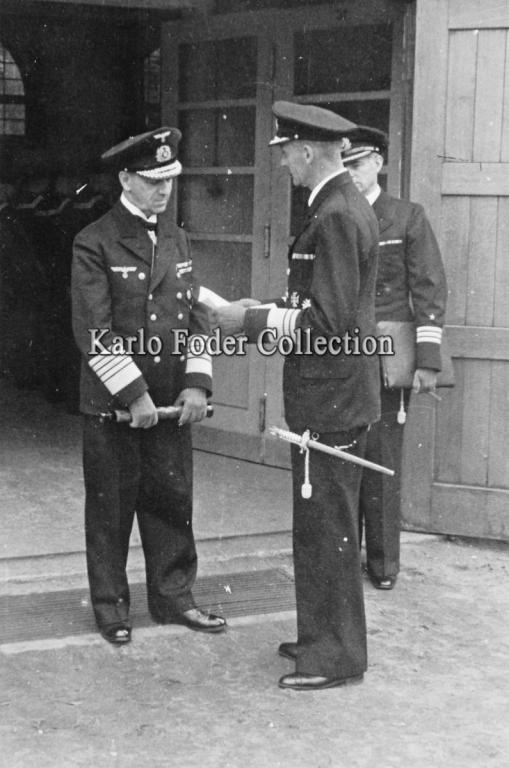
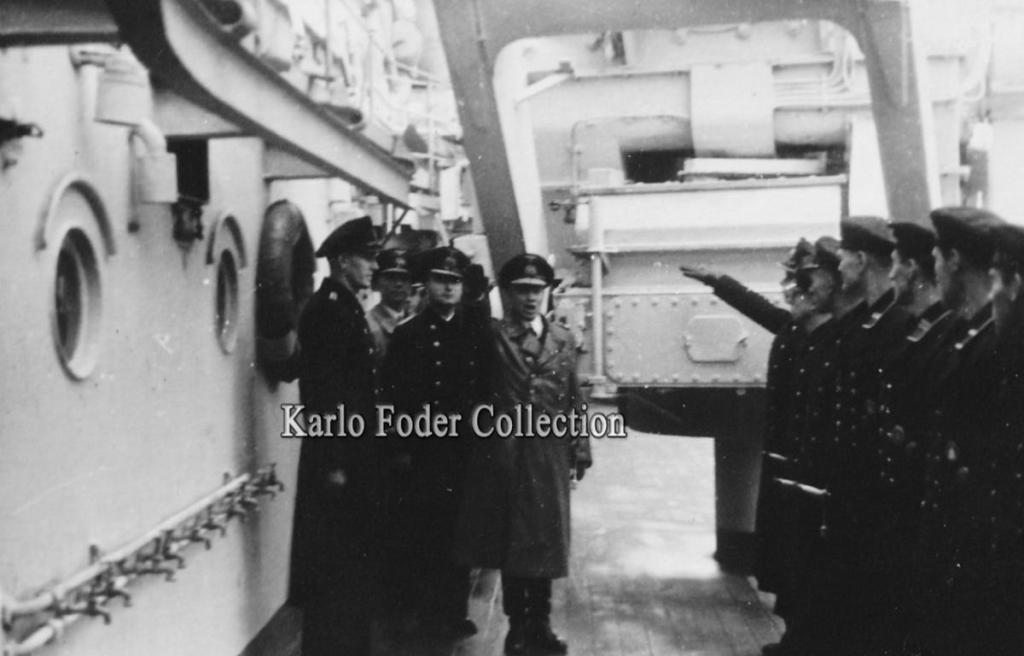
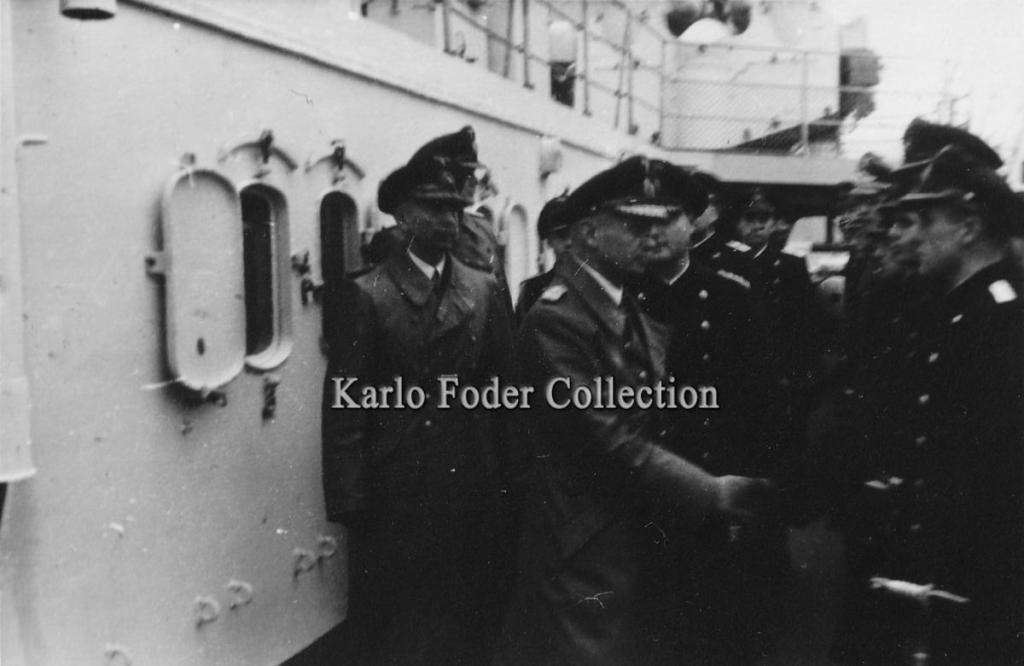
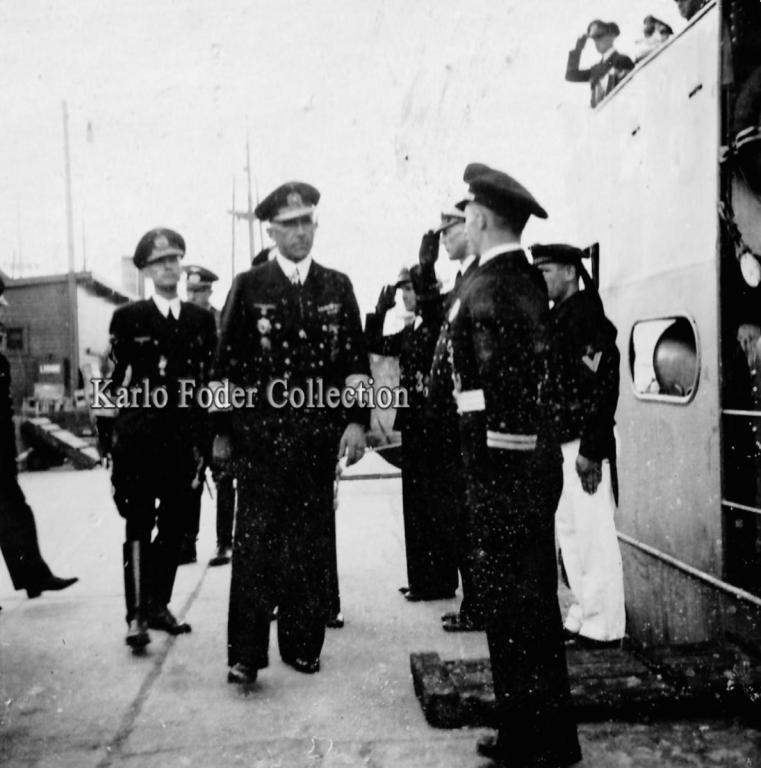
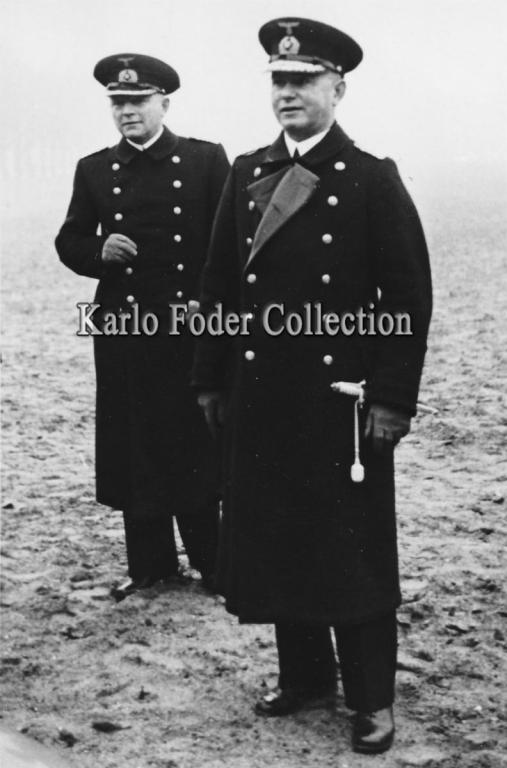
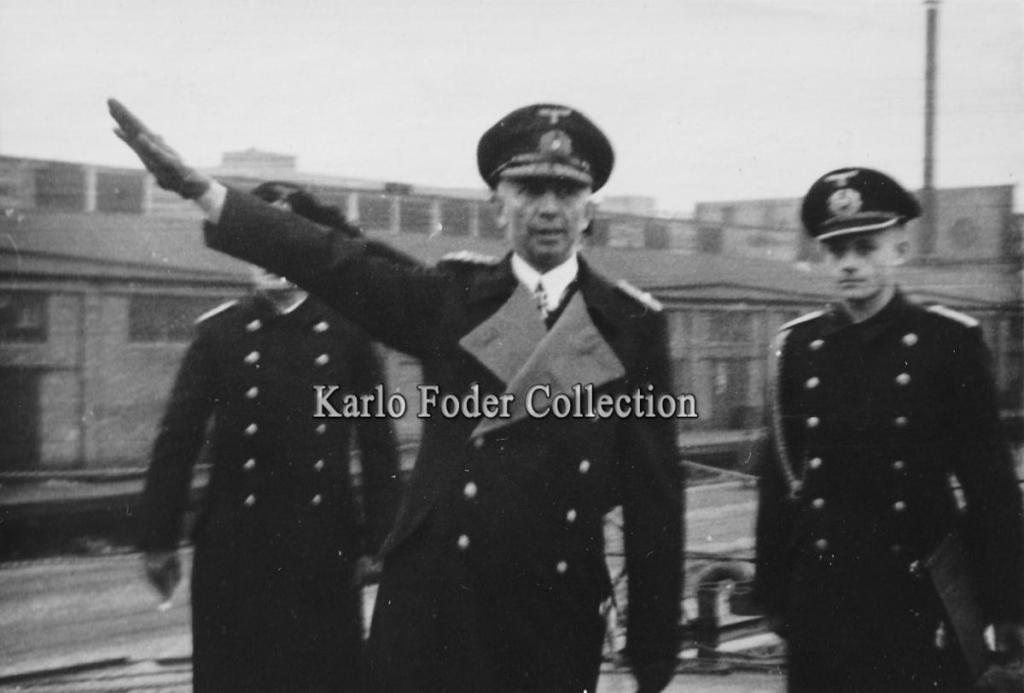


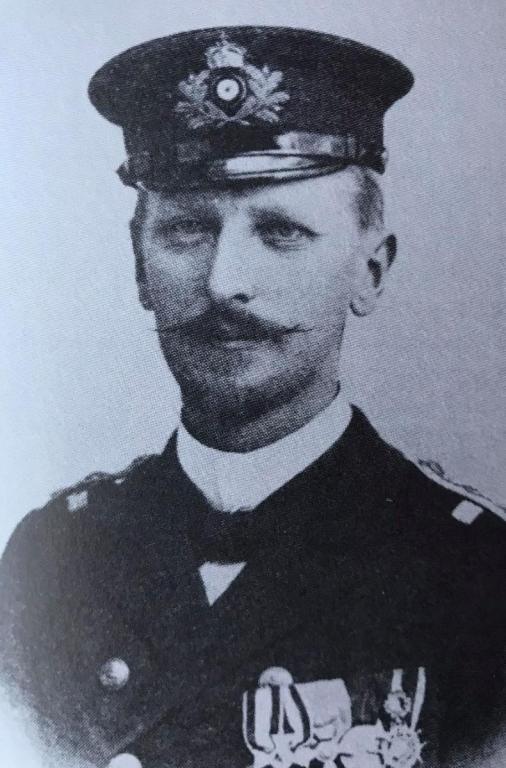
fqfqf.thumb.jpg.06743775e078eeeaf363d20766979bc0.jpg)
fqfqf.thumb.jpg.5bdc5fb5b88baa4e422a41c1710e3d46.jpg)
fqfqf.thumb.jpg.6d1651b8c80740fdce58f43369513622.jpg)
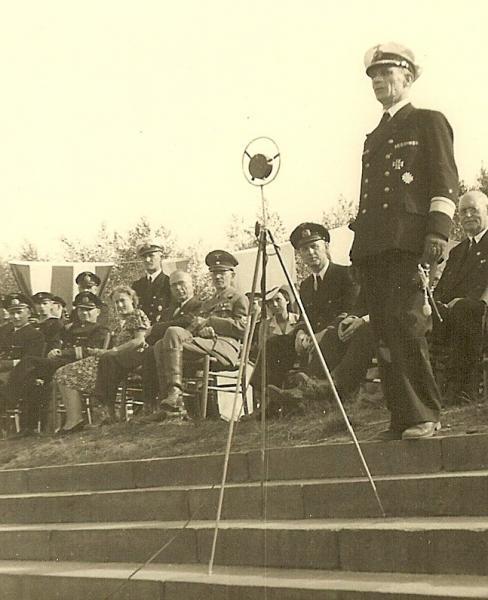
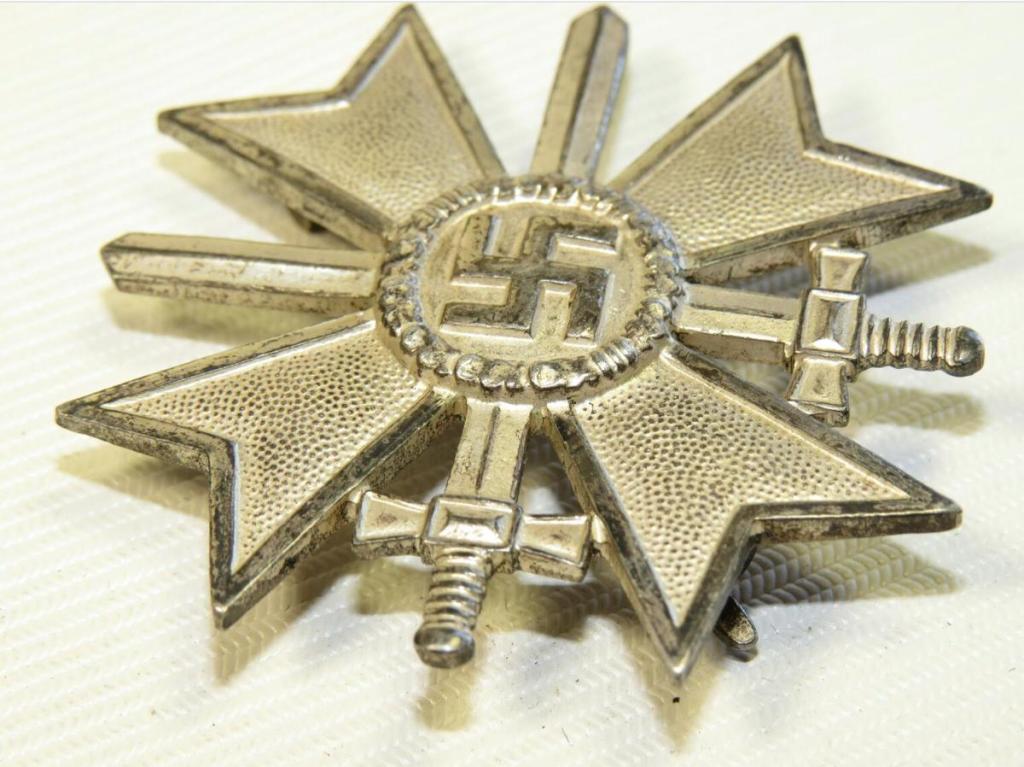
.thumb.jpg.bc546f2fabe423d265538c1ddaf35e74.jpg)
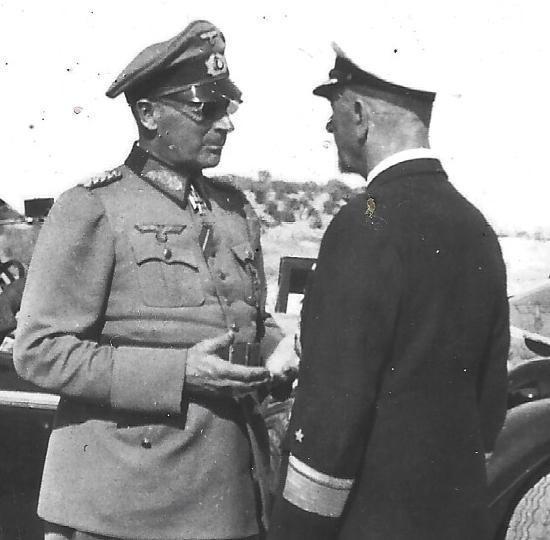
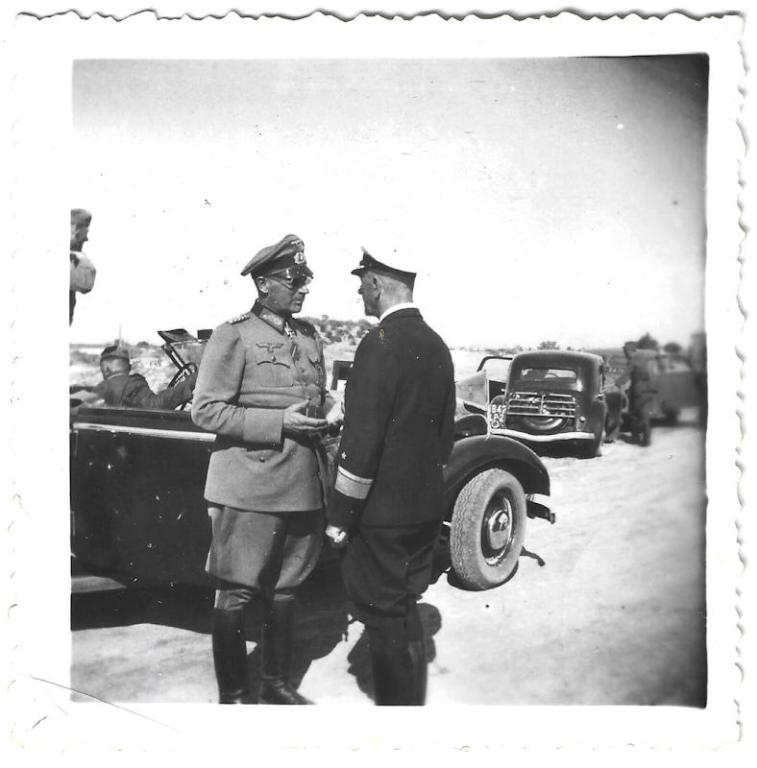
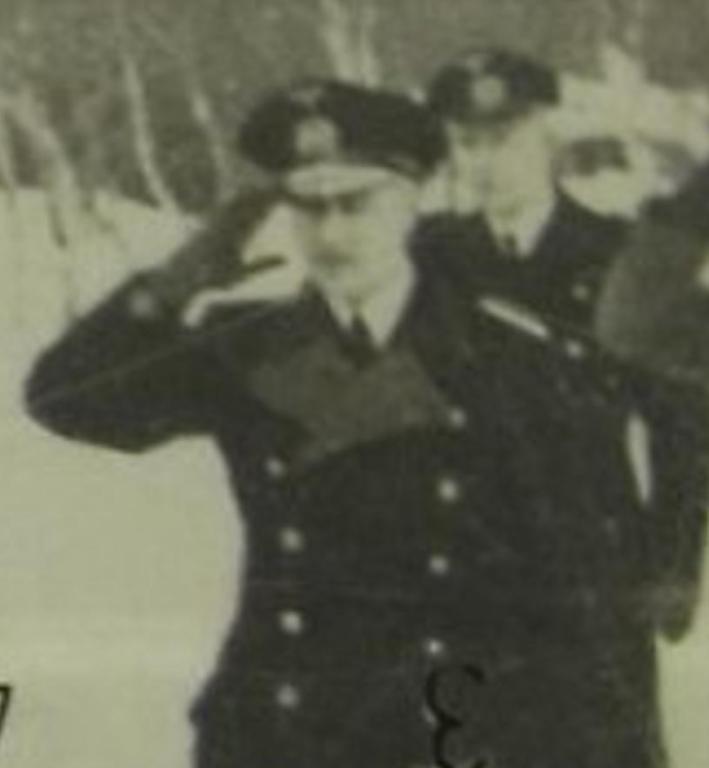
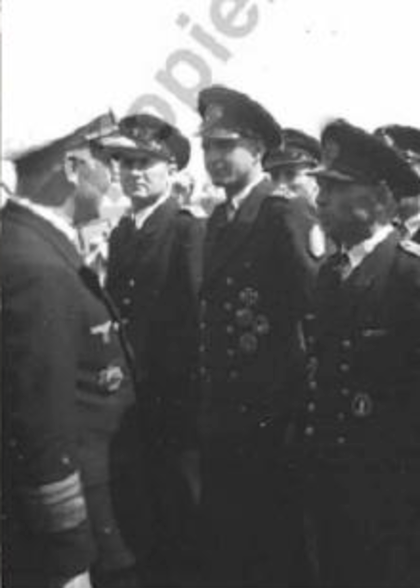

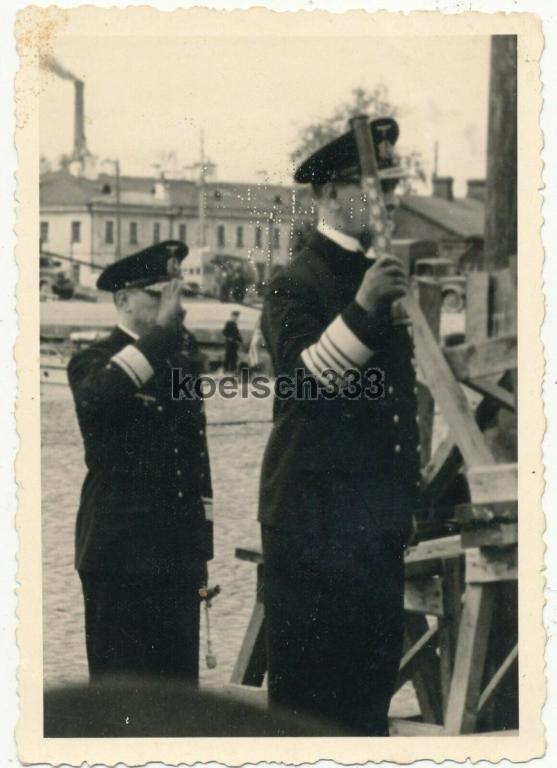
Kriegsmarine Admirals ID thread and photo Database
in Germany: Third Reich: Research, Documentation & Photographs
Posted
This is a very interesting press photo that came with a detailed description: "The German Prize Court (Prisenhof) in Hamburg meets. With the greatest sympathy from Germany and abroad, on 14 December 1939 the first public session of the Prize Court opened in the large jury court room of the Hamburg criminal justice building. The negotiation deals with the boarding of several foreign ships. In the middle on the presidential chair: The President of the Prisenhof Hamburg, Higher Regional Court President (Oberlandesgerichtspräsident) Senator Dr. [Curt] Rothenberger, who is also a German member of the Permanent International Court of Arbitration in Haag. To the left of him as assessor (the assistant to a judge or magistrate), Prize Judge (Prisenrichter) Konteradmiral [Siegfried] Claassen. To the right of the President as an assessor, the District Judge (Oberlandesgerichtsrat) Dr. Segelken and also as an assessor, the Prize Judge Legationsrat Dr. Lohmann."
Konteradmiral Siegfried Claassen was a Judge at the Prize Court in Hamburg from 03 September 1939 until 15 December 1942. He retired on 31 January 1943.